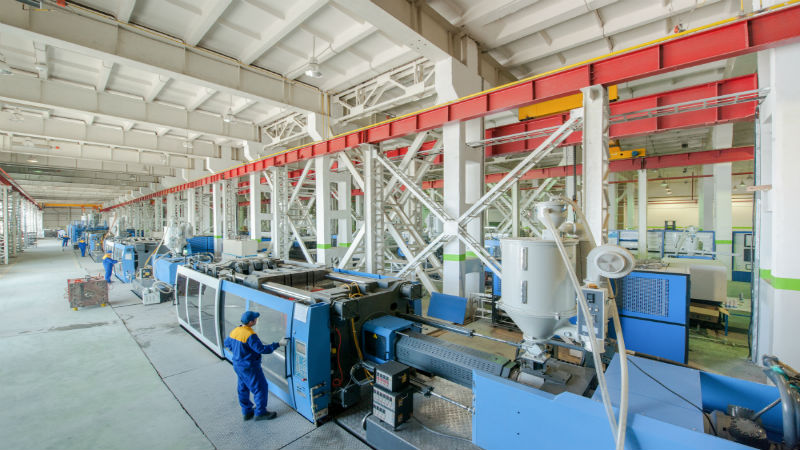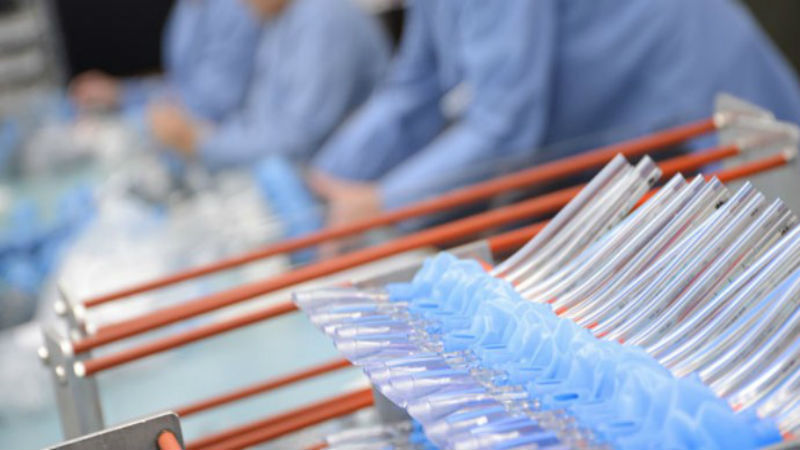Injection plastic molding is a common way to mass-produce standard and customized components. This process requires the use of plastic granules or pellets to achieve this goal. These small plastic pieces move from a hopper to a heating chamber to a cool mold. During this process the type of material falls into the category of thermoplastics, In order to arrive at a quality product, it is necessary to know how the selected polymer will react at all stages.
Common Molding Processing Problems
When it comes to using thermoplastics, molders must carefully consider the potential risk for problems. Among the most common concerns are the following:
• Insufficient drying of the granules before molding: This can result in excessive moisture which, in turn, can lead to silver streaking, voids or even hydrolytic degradation
• Overheating of a polymer melt: The result can be amplified rates of thermal degradation.
• Cooling the Polymer too fast: While quick cooling does reduce the production cycle time, it also can result in differential shrinking of components. In turn, this can produce an increased likelihood of high residual stress and/or imprecise dimensional qualities
• Improper tool configurations: Of particular importance is having an accurately placed gate
By understanding and paying attention to the basic nature of the thermoplastic used in injection plastic molding, the molder and other operatives can increasingly assure customers of preciseness, durability, and repeatability of the merging components.
Injection Plastic Molding: Pay Attention to Its Character
If a molder and the company she or he works for want to ensure customers receive only high-quality parts, it is essential to understand the characteristics of the specific material under consideration for the process. These are thermoplastics. Only by considering how this polymer will react during injection plastic molding and incorporating his complete awareness, will the molder be able to avoid any shortcomings and, therefore, produce a part according to the exacting specifications of the customer – one that exudes longevity, quality and resilience.


